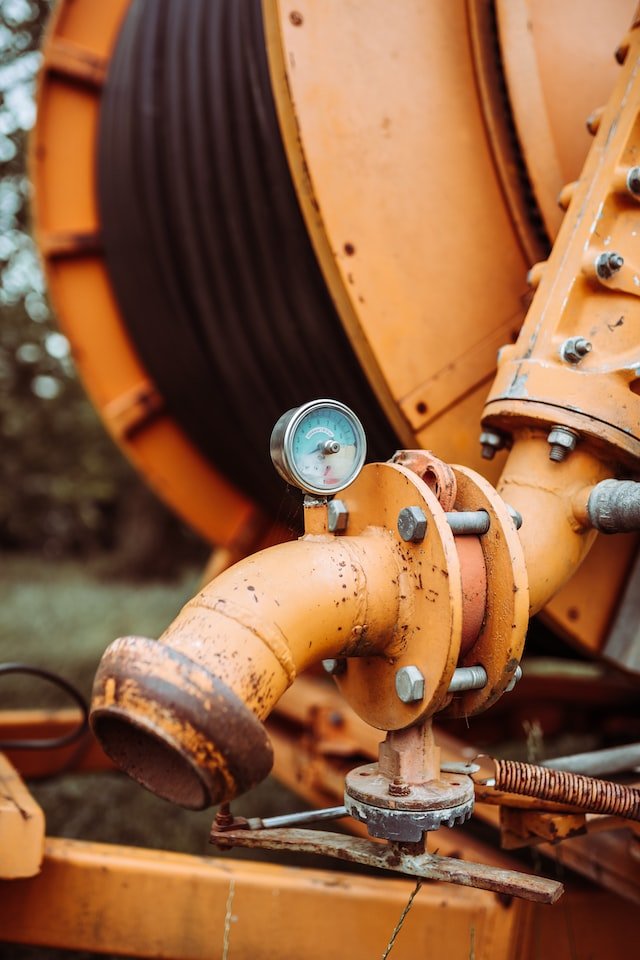With the technological advancement and growth of the Internet of Things, we have seen many emerging wireless technologies. LoRa technology is used in various industries, this technology consumes less power and offers long-range connectivity. Therefore, it’s expanding the reach of IoT in wireless system.
No doubt, LoRa is playing a critical role in many IoT applications. The agriculture sector is one of them. LoRaWAN technology is used in the irrigation system.
Here we’ll briefly explain how to design a wireless system for controlling irrigation dip with LoRa technology.
LoRa’s System Architecture
It’s a technology for long-range communication. LoRa uses spread spectrum technology, bi-directional localization communication and localization services. In addition, it uses the LoRa protocol that allows it to function properly.
LoRaWAN has a layered architecture. It means that the gateway can relay data from a network server to end devices. This system consists of Cloud, LoRa gateway, mobile application, and LoRa device.

How Can LoRa Wireless System Help Control Drip Irrigation?
We have seen the increasing popularity of drip irrigation systems in the past few years. But due to their widespread use, manual control has become challenging. Therefore, to overcome this issue, it’s mandatory to have a wireless design system. Ensure you keep the following things in mind before designing a wireless system.
- The system should be easy to set up and affordable
- One wireless system shouldn’t have more than 1000 nodes in it
- Batteries installed in a device must have a lifespan of two years
- With a single transmission, the system should be able to extend its range to at least 2 kilometers
Above mentioned factors will ensure that the designed system meets the requirements. Installing soil sensors across the field can help you fully automate the drip irrigation system. It will allow the system to make decisions based on the data collected. Finally, a drip irrigation system must be capable of controlling the actuators.

How to Design a Wireless System Using LoRa?
LoRaWAN technology exchanges a small amount of data, making it the most effective technology for the drip irrigation system. It’s affordable, doesn’t consume much power, and is perfect for long-range communication. All these features make it ideal for a drip irrigation system. Considering the following four factors can help you design an ideal LoRa network.
- End nodes of the LoRa wireless system run on batteries and they’re remotely connected. Moreover, these nodes are responsible for collecting sensor data.
- Gateways act as a bridge between network servers and end nodes. For connecting end nodes to LoRaWAN, Ethernet, Wi-Fi or cellular technology is used.
- Multiple gateways can help gather data. Moreover, they filter out duplicate data.
- It’s the responsibility of end nodes to collect data from the application server. Moreover, it controls the server’s actions.
Conclusion
Using a wireless system in agriculture is full of technical issues. But we have seen some excellent technologies in the past few years, and LoRa wireless system is one of them. It’s a perfect option for a drip irrigation system. This technology can help get data about line flow and pressure, soil moisture, and temperature.
Arshon Technology has helped various industries to get custom gateways according to their needs. Along with agriculture, we also emphasize using LoRa technology in other sectors.
